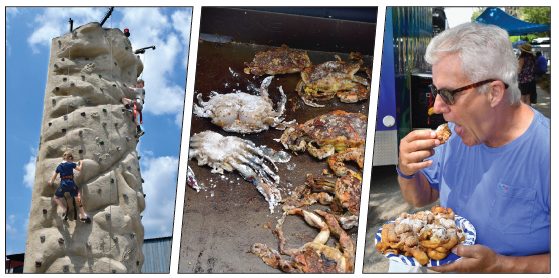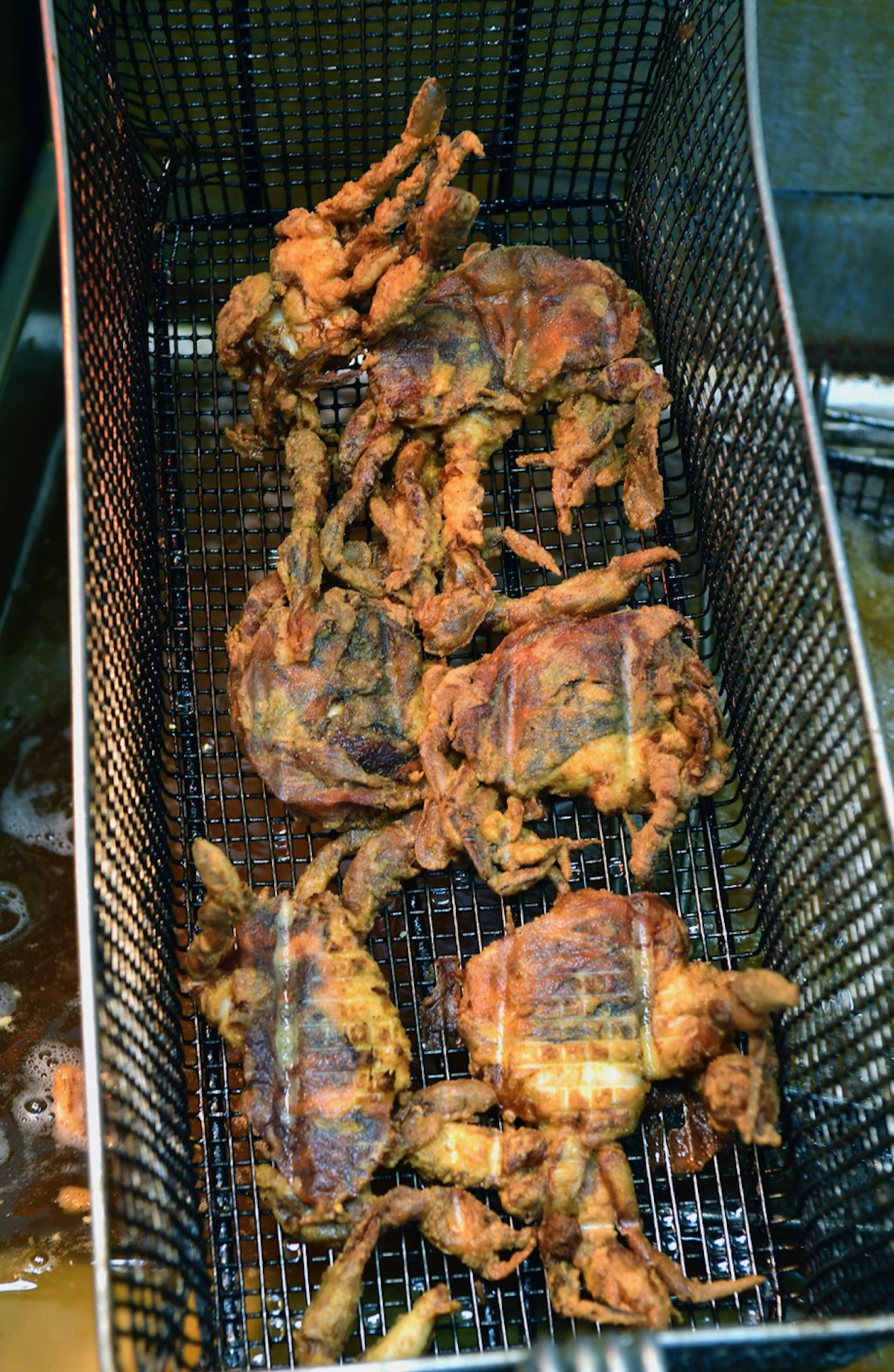By Scott Graber
It is Tuesday, and I’m sitting in an aluminum folding chair eating a chicken salad sandwich paired with a sugar cookie — all the while talking with Matthew Williams and Dean Moss.
This afternoon the three of us are at Gregorie Neck Plantation in Jasper County on the peninsula where the Tulifinny River meets the Coosawhatchie River; about two miles south of where I-95 meets U.S. 17; and where a battalion of Citadel Cadets clashed with 5,000 U.S. Marines in an effort to save the Charleston to Savannah Railroad trestle in December, 1864.
As we finish-up our sandwiches and cookies we talk — mostly about the Nature Conservancy’s purchase of Gregorie Neck Plantation from Bob and Alice Jepson for $35 million dollars.
Matthew Williams, 44, is tall and well-informed — the kind of person who knows the names of ducks, their migratory routes and casually brushes ticks off his trousers while discussing the Conservancy’s role in protecting the essence of Mongolia — millions of acres of threatened grasslands.
Williams was raised on an old rice plantation, called Kinloch, and has spent time in Kenya, Zambia and then in New York City where he was Executive Director of the New York Explorers Club.
Dean Moss is, of course, well known to most readers as the person who envisioned and executed the building of the Spanish Moss Trail. Right at the moment he is Chairman of the Port Royal Sound Foundation and in that capacity is obsessed with keeping Port Royal’s brackish waters reasonably clean. The Gregorie Neck purchase, and the easements to be attached, will go a long way in protecting the Sound’s grey-green waters from condominium and factory outlet development.
Gregorie Neck is situated east of I-95, north of Ridgeland, and just across the river from Mackay’s Point. It is 4,400 acres of massive oaks and 200-foot high pines with an open, inviting, controlled-burned understory. It’s freshwater ponds, grazing cattle, broom grass and vistas of endless marsh make one forget the frenetic, hurly-burley, take-no-prisoners growth underway in Bluffton, Okatie and on Hilton Head Island.
Now that the Conservancy owns the land, it will divide it into six or eight pieces. It will laminate title to these parcels with conservation easements limiting “improvement” to two or three dwellings. It will sell these parcels to a few individuals who will enjoy; and maintain these trees, fields and forests in all of their unimproved, undeveloped simplicity in perpetuity.
The Nature Conservancy first came to South Carolina in 1969, acquiring what was then called the Francis Beidler Forest (a/k/a Four Holes Swamp) located just north and west of Charleston. After that, it was instrumental in saving St. Phillips Island from development and since then the Nature Conservancy has worked up and down the coast — especially in the Winyah Bay region below Georgetown.
If one looks at a map of the South Carolina coast — a map showing the various acquisitions by the Nature Conservancy, Coastal Conservation League, Open Land Trust, state and federal governments one cannot help but be encouraged. Notwithstanding the metastasis of greater Myrtle Beach, there is a long stretch of littoral coastline beginning in Georgetown and stretching down to Mt Pleasant that remains largely protected and mostly unimproved. A second stretch of “green” — the area between Kiawah Island and Hilton Head Island including the ACE Basin is also pristine and protected.
But what is really impressive are the various green acquisitions along the Savannah River. If one examines a map showing these linear riverine properties, almost the entire Northern bank of the Savannah River starting at the Savannah River “Bomb” Plant and extending south to the City of Savannah — is subject to some kind protective easement.
It is the reoccurring, wine-enhanced dream of Dean Moss that one day most of the property that surrounds Port Royal Sound will, like Gregorie Neck Plantation, be under conservation ownership or easement.
The battle on the beaches — in so far as Beaufort County — is mostly lost. Now the developers, MBAs and the Real Estate Investment Trusts are working their way inland focused on the hunting and timber-growing tracts in Jasper County. Most of that movement has been down U.S. 278, but recently there has been a thrust at Chelsea Plantation on Port Royal Sound.
It would be nice “bookending” for this column to compare this conflict with the 343 college-aged cadets who defended the trestle at Tulifinny in 1864.
But that would be a stretch.
Scott Graber is a lawyer, novelist, veteran columnist and longtime resident of Port Royal. He can be reached at cscottgraber@gmail.com.










